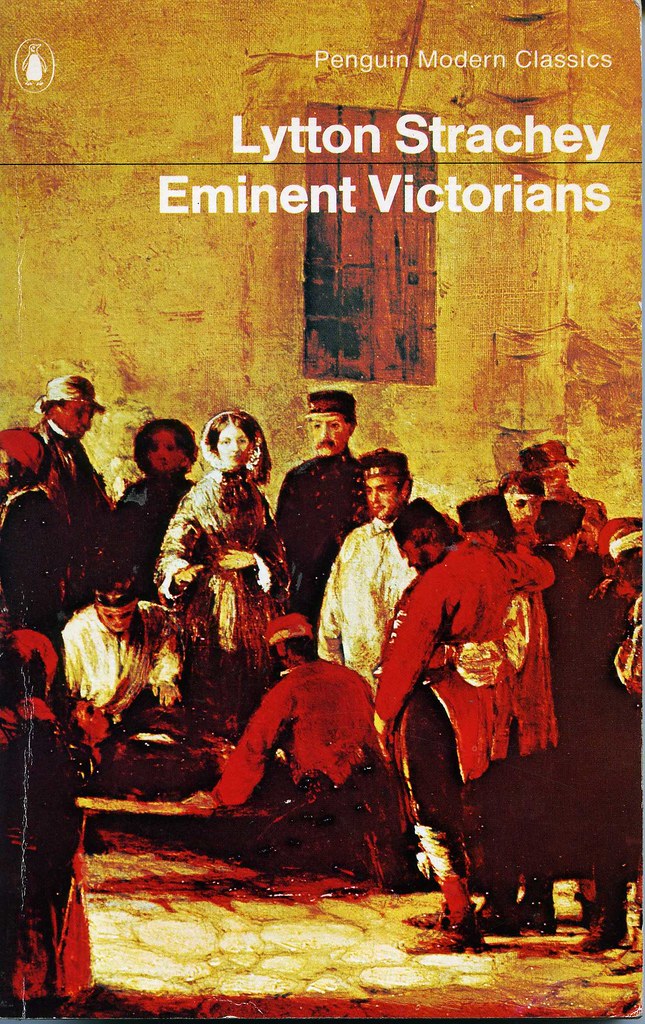

He also favored an education that emphasized religious observance. He developed schools that were run along military lines, in that there was a reliance on a prefect system where older boys maintained discipline amongst the younger ones. Arnold was both teacher and historian, and was primarily responsible for the development of the English private school (known as public schools in Britain). Thomas Arnold, the second man profiled in the book, does not fare much better in terms of the indictment of his general character.

Manning does not come across as a very nice man in the book, rather, as a manipulative and underhand church politician. Like many of his peers, Cardinal Manning was a truculent man and he did not particularly like working alongside his Anglican equivalents, particularly the influential John Henry Newman, whom he disliked so much that he worked behind the scenes to try and prevent him from becoming a Cardinal at all. The groundwork begun by Manning eventually led to the creation of Anglo-Catholicism, a denominational hybrid of Spanish Catholicism and English Anglicanism that would have Queen Elizabeth I turning angry cartwheels in her grave. The high church basically dictated the theology and liturgy of the church, and so were an extremely influential body of men (and they were always men - women were believed to have no place in the high church).

The Oxford Movement was a movement comprising members of the High Church within the Church of England. Each story is very different and is a reflection of the background events before which it takes place.įor example, Cardinal Manning's story summarizes how the Oxford Movement came to take place. What do these eminent Victorians have in common? Well, not much, according to the life histories detailed within the book. We are thankful for their contributions and encourage you to make your own. These notes were contributed by members of the GradeSaver community.


 0 kommentar(er)
0 kommentar(er)
